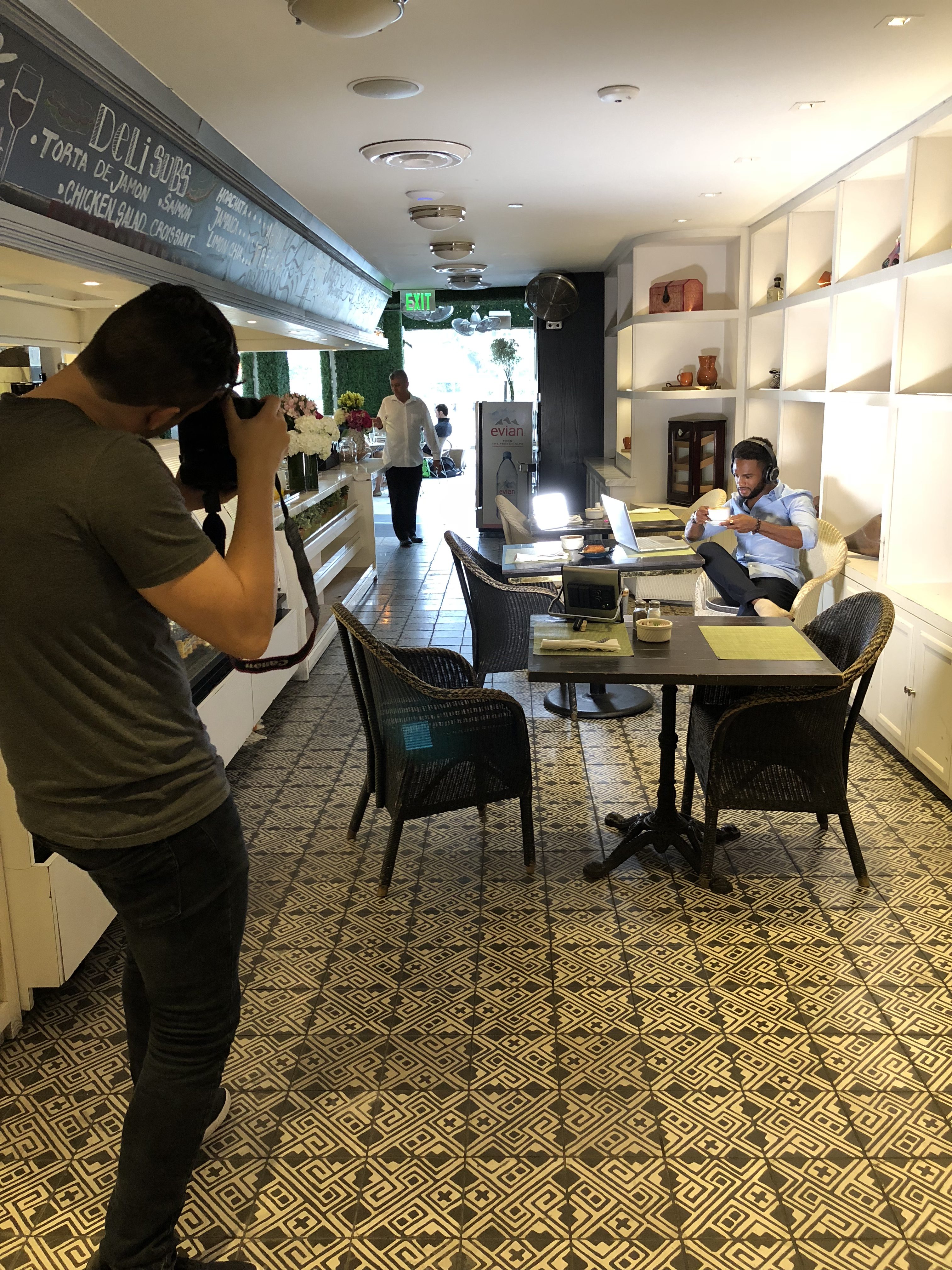5 Fundamentals For A Successful Photoshoot
Every product has a story to sell, and every story has its setting to thank for being its ultimate foundation. Scouting the right location for a shoot can often be stressful, but it is definitely one of the most important features to telling a story, right up there with the storyline itself!
1. Have a clear vision.
The first thing to keep in mind when choosing a site is looking for a setting that fits your storyline. Once you have a script, you need to have a clear vision of the setting to know where to start with location scouting. You aren’t always going to come across the most aesthetically pleasing places, but your location is just a starting point. Choose a location that you are encouraged by and can draw on, with as many colors and mediums that you want/need.
2. Confirm you have permission.
Most importantly, after you have found a location that suits your vision, you want to make sure you have permission to shoot there. Whether it is a permit or another legal document to acquire access to the location, make sure you have it arranged in advance so you don’t run into any problems the day of the shoot. While it helps if you have it all planned out in your head, you may need to have it all planned out on paper… probably signed and approved.
3. Lock in your location.
Once you have been granted permission, the next step to ensure your location will work is to confirm that it will be available! Between holiday season accruing an influx of tourists and day-of events, unforeseen surprises can derail your shoot. Coordinate with your desired location to ensure that the space will be free and available on your scheduled date. By securing your spot for the date and time you need, you will have one less thing to worry about on the day of the shoot!

4. Pay attention to details.
Take notes on the details that matter before the shoot even happens. Are there power sources readily available? You may have to bring in your own outlets. Is your location too hot or too breezy? A cold temperature may be exactly what you’re looking for, but your camera battery may not be able to brave the chill. If the shoot is outside, you can expect the lighting to be inconsistent, so you may need a plan B. If you plan to be indoors where lighting is more static, you may need to bring in additional lighting to achieve your artistic vision. It is always better to be safe than sorry when it comes to on-location shoots!
5. Take notes for next time.
If you love the location and want to use it again for another shoot in the future, take notes about the experience and anything you may need to change for future shoots. If you (unfortunately) had a bad experience with the location, you’ll want to document what you wish had gone differently. You can even write down notes about camera/audio performance in the space so that it may be taken into consideration for the next shoot. There is no such thing as TOO many notes!
Whether you’re a professional in the field of videography, or just dipping your toes in the water, checking off the steps on this list will help you to be successful in whatever type of shoot you intend on capturing. It is always a good idea to do the right research before taking on such an important project. What is your best practice when shooting on location?






